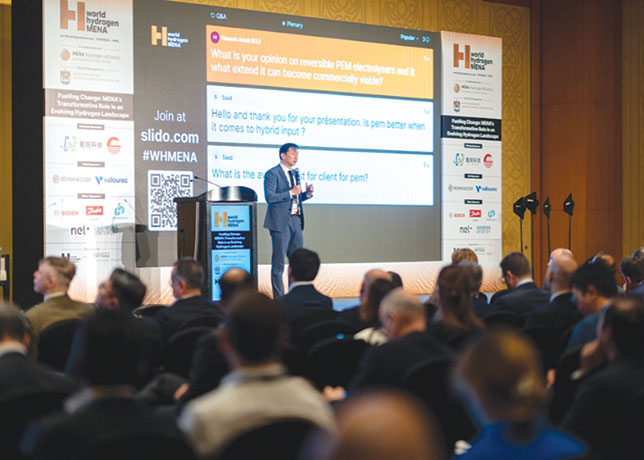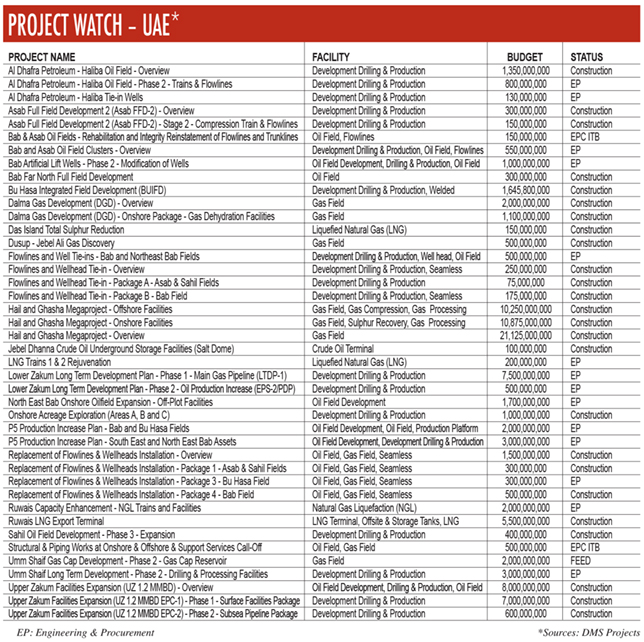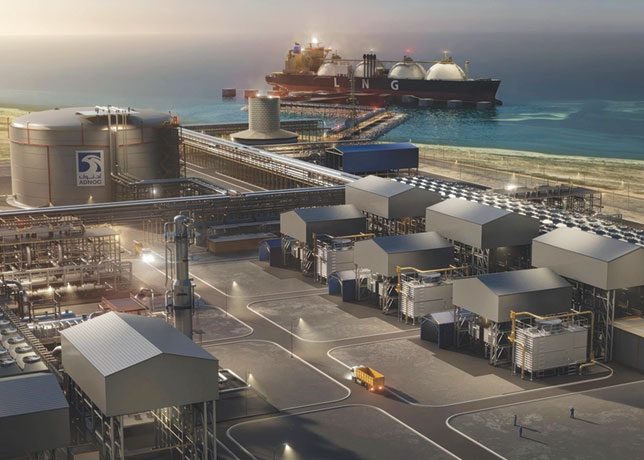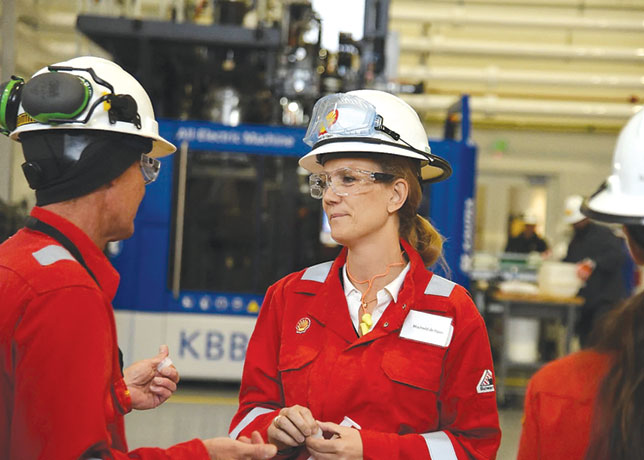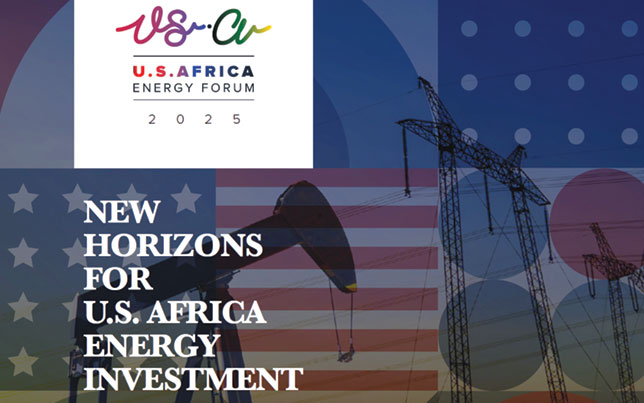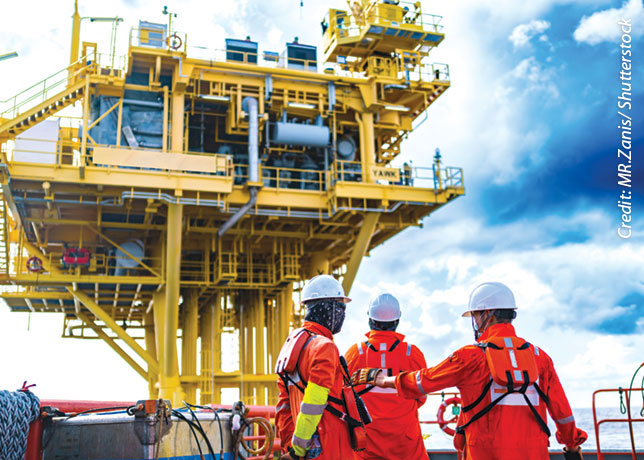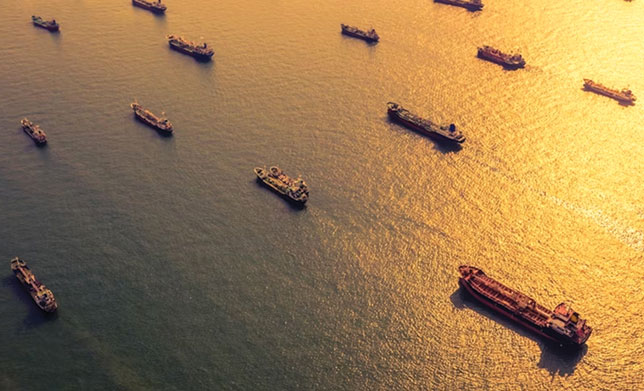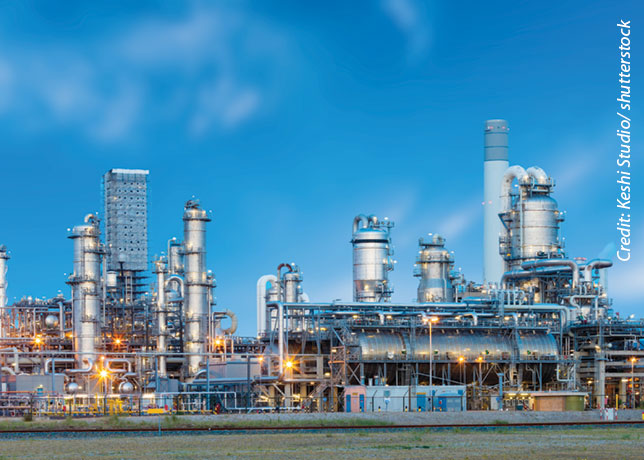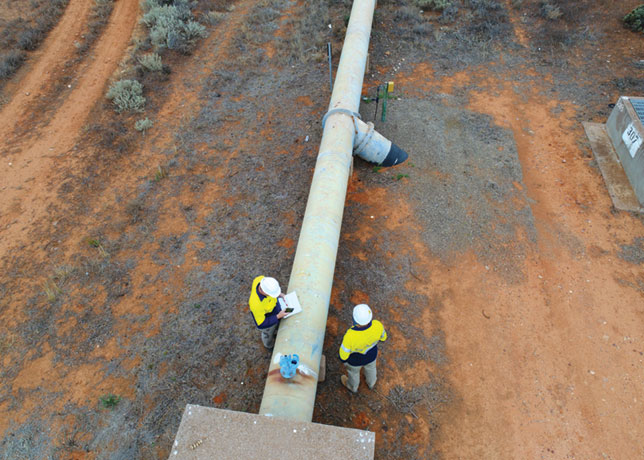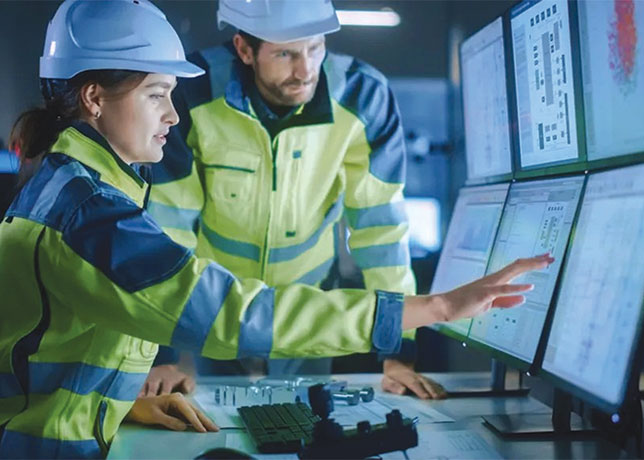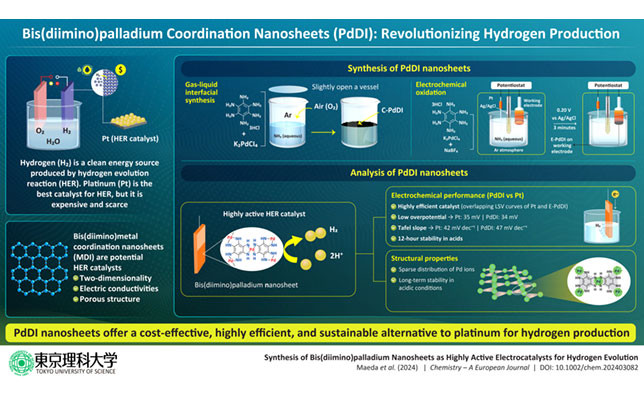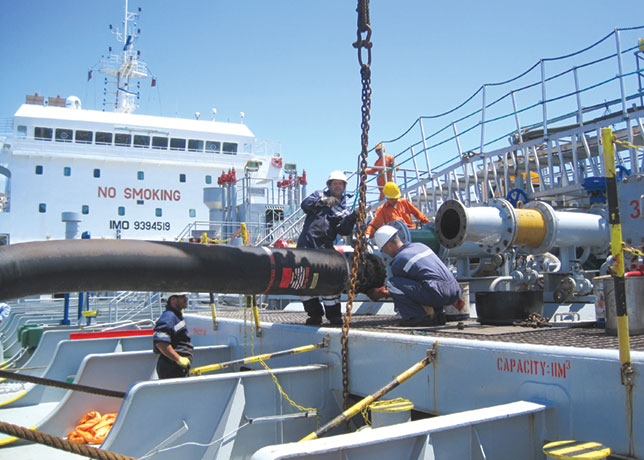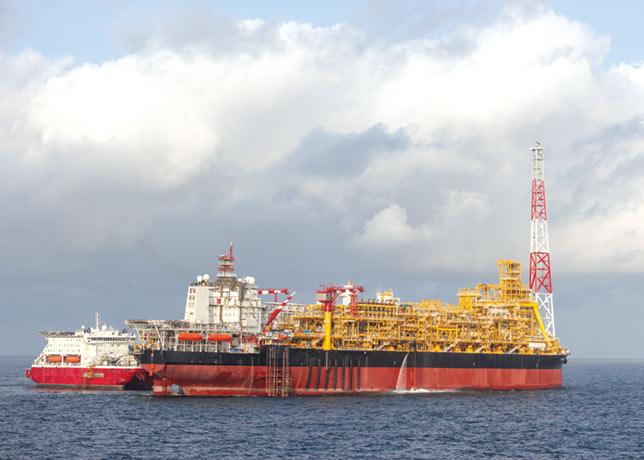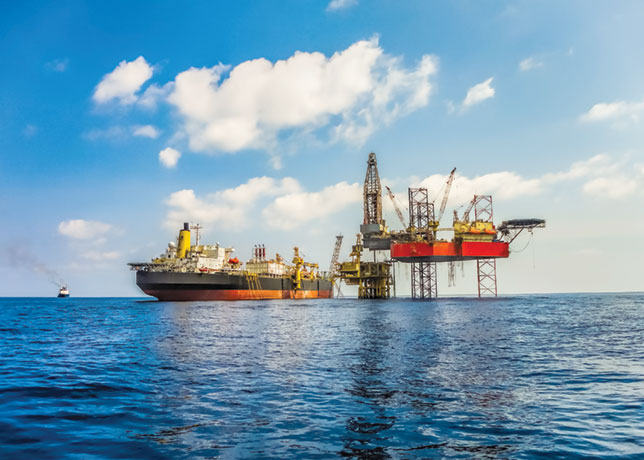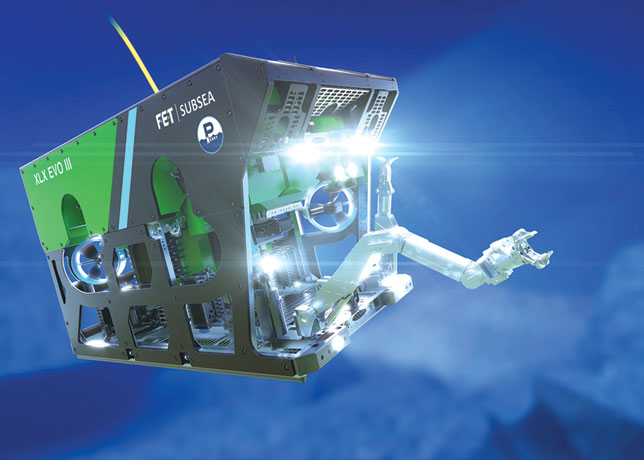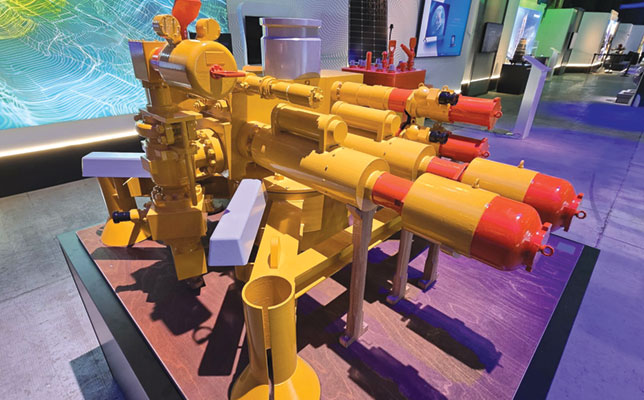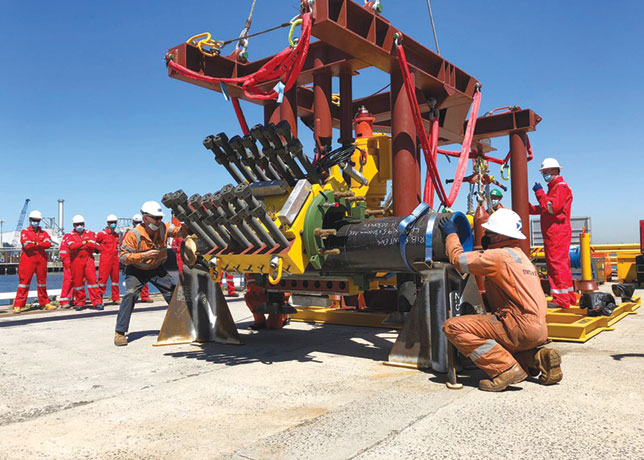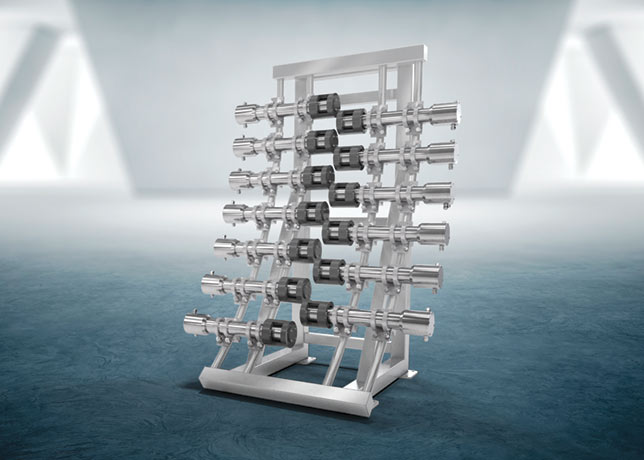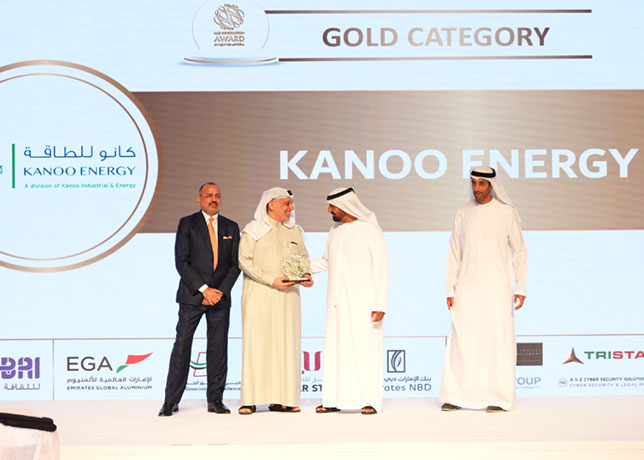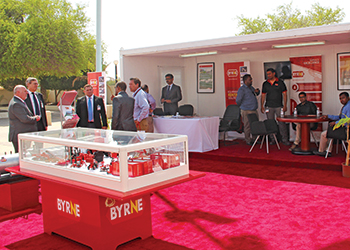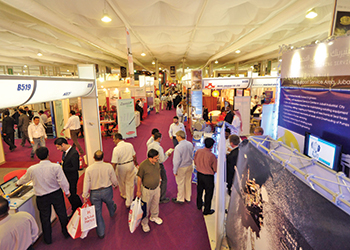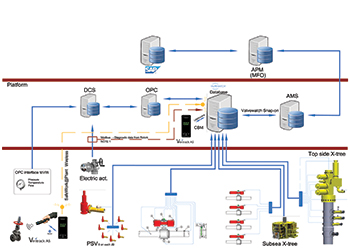
 The valvewatch network
The valvewatch network
The system tells the operator not only about the performance of the valve, but also how to manage operational faults and plan for service and spare parts, writes SIMON JEEVES, product manager, Project & ValveWatch, Valve Technology Division, MRC
Being able to relate to your customer’s strategic requirements is the differentiating factor in being viewed as a mere supplier of valves to being looked upon as a strategic valve management partner.
So how do we differentiate ourselves from the competition? – By becoming our customers Strategic Valve Management Partner (SVMP).
ValveWatch is the differentiator, not necessarily the product in itself, but the core concept of what ValveWatch is for our plant operators.
It is a true statement that valve "Makes Energy Flow". This is also the reality for our customers and a key word in this phrase is uptime. But there is an underlying truth to this statement. It is a functional valve that makes energy flow and this is what our customers are concerned with.
What is the condition of the valve, how available is the valve for production, what is the quality of the valve performance, when do we need to service the valve, are our safety barrier valves safe? How can we improve on the actual process of servicing the valve, what operational spare parts do we require. These are some of the questions that operators are concerned with. This is their headache! Even more importantly, can you assist the operator with this situation and be the mitigating factor for these challenges?
There is one very important fact that operators know. That is that a valve will eventually fail. By the application of ValveWatch we are able to tell the operator not only the availability of the operational performance of the valve, but also how to manage operational faults and plan for the required service and spare parts. With ValveWatch we can also manage the operator’s requirement towards fulfilling their demands towards Functional Safety Management (IEC 61508/61511 SIL/SAR). This is what ValveWatch & Valve Management does for operators.
BEHIND THE SCENE
ValveWatch has traditionally been a system selected for monitoring the condition of the most critical valves due to its ability to uncover "Dangerous Undetectable" faults and move them into a "Dangerous Detectable" category of faults. ValveWatch has been the "high end" valve condition monitoring system for managing safety and for managing required test regimes on critical valves.
With ValveWatch Third Generation (VW TG) the system has become the standard for monitoring Safety Critical Valves, Pressure Safety Valves, Process critical Valves and X-Mas/wellhead trees with full capability of DCS communication and integration.
ValveWatch has over the 25 years gone through evolutionary changes which has led up to today’s third generation of software and hardware encapsulating new technology as well as optimised communication protocols. With VW TG condition monitoring it has never been more cost effective and made more easy to install both on greenfield and brownfield projects.
A CASE
The mechanics of valves are challenging and can be costly if faults are allowed to develop causing unplanned downtime and safety vulnerability. Lack of integral knowledge of a valve functionality and operation is also very often the root cause of developing faults.
 |
On/off valves are generally installed with limit switches to inform the operator that the valve is either open or closed. The device is very often used to record the opening/closing time of critical valves. For a critical 6-inch valve the closing time may be 6 seconds.
This is a key index of a valve’s condition where only Limit Switches are installed. An operator will typically test valves to see if they use more than the set opening/closing time. If there is no change in closing time, the valve is checked off as meeting the requirements, for the same cost. ValveWatch will supply the operator with the opening/closing time reference. In addition, the VW TG, can uncover severe problems;
The graph below depicts a valve’s changing closing pattern over time, of an actual producing valve. The black graph shows the valve in good condition, but with high frictional forces. The purple graph reveals high "break away" forces and erratic frictional forces. The fault has also caused the valve to not be able to put the final closing force on the valve, rendering it to become a leaking/passing valve.
From a Limit Switch perspective, the valve in both cases close on the same time limit, hence seem to be in good condition. The "picture" that ValveWatch reveals is the very opposite.
Leaking/passing valves are a problem for critical valves as regulations have requirements with regards to how much a valve can leak. It is of course important that a safety critical valve does not leak hydrocarbons when closed as these valves shall protect the facility during an emergency. If the pipeline ruptures, hydrocarbons shall not leak through the valve. This leak can then be ignited causing jet fires, mist explosions, etc. In the worst case scenario this fire can potentially give way to a domino within the plant.
The reality of a leaky/passing valve may in many cases be only a symptom of the actual problem.
VALVEWATCH ARCHITECTURE
The ValveWatch system incorporates sensors attached to or near the valve and actuator assembly to routinely monitor and record their performance. Strain sensors and actuator pressure sensors monitor valve and actuator performance during operation, while dynamic pressure sensors and acoustic sensors monitor the valve for internal seat leaks. Together, these sensors provide operators an automated checkup on the condition of the valve and actuator package.
The strain sensor and actuator pressure sensor provide valuable diagnostic data each time the valve strokes. The strain sensor is permanently bonded to the valve yoke adapter and records the force applied to the valve by the actuator during a valve stroke. Problems with valve operation, including damage to certain components, are readily detected using data taken from this sensor.
An actuator pressure sensor mounted to the actuator supply line records the change in actuator pressure throughout the valve stroke. Damage to the actuator or a problem with the actuator air or hydraulic supply can be detected using this sensor.
The actuator pressure sensor is also used to determine when the valve changes position, causing ValveWatch to initiate a valve stroke test.
For ball valve and slab gate valve designs with sealed cavities, dynamic pressure sensors are used to test the valves for leaking valve seats. Unlike other methods of leak detection that require valves to be closed for testing, ValveWatch allows operators to monitor and identify leakage while valves are open and production is flowing. This innovative technology gives operators the ability to trend valve seal performance and proactively plan for maintenance or repair.
For valves without a sealed cavity an ultrasonic sensor is installed downstream of the valve. The valve must be stroked closed, and a slight differential pressure is applied across the valve seat to detect a leak. If the valve seats are leaking, high-frequency noise generated by the gas or liquid media passing through the seat will be detected by this sensor.
ValveWatch collects data from the dynamic pressure sensors on a scheduled interval or when the valve strokes, while data from the other sensors is recorded only when the valve strokes. For leak tests using dynamic pressure sensors, the system software performs the leakage calculations using patented algorithms that run automatically.
The test results are compared to pre-established limits, and alarms warn operators of degrading seal conditions. For valve stroke tests, data taken from each sensor is compiled into a signature and compared against a baseline signature taken under "normal" conditions. Irregularities in valve signatures are identified and analysed to determine the source of the valve or actuator problem.
A simple web interface allows easy access to the system status from any location. Security is provided so that only authorised persons can access the system map, alarm window and system tree to view platform, valve and sensor status. The software provides reports and trending plots so that operators can evaluate ongoing performance.


